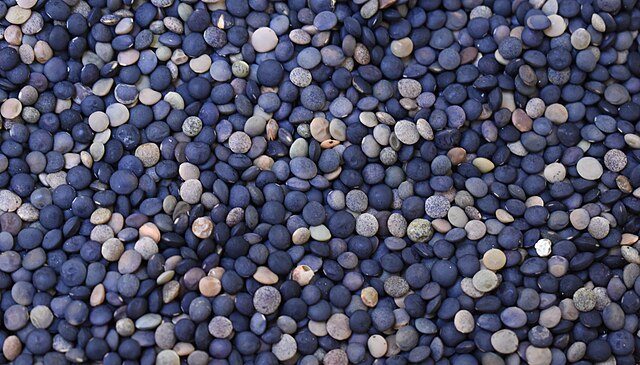Gunning towards self-sufficiency, India is currently procuring Rabi (spring) crops directly from farmers at the Minimum Support Price or MSP.
A brief by the Union Minister of Agriculture Shivraj S. Chouhan on March 27, 2025 cited 100% purchases for certain legumes. These include masoor, urad and tur (pigeon peas) under this generous pricing plan.
The purchases extend a plan that the government had kept up in the foregoing 2024 kharif season.
In states where procurement was limited to 90 days like Karnataka in southwest India, the program has extended until May 1.
For a starter, the government intends to amass 940,000 tonnes of Rabi season’s masoor (lentils) from various producing states.
The last MSP listings of February 2025 on the government’s portal show that masoor currently commands 6,700 rupees ($78.26) per quintal.
Grams on the other hand will garner total purchases of 2.799 tonnes at 5,650 rupees ($65.99) a quintal.
Spring mustard procurement meanwhile will reach 2.828 million tonnes at a February 2025 MSP of 5,950 rupees ($6,950) a quintal.
Pigeon Peas Purchases
Among the most important stock will be that of tur or pigeon peas (Cajanus cajan), an Indian cuisine basic.
Maharashtra and Gujarat in the west, Telangana in the south, Andhra Pradesh in the southeast and Karnataka states are already procuring it.
So far, the pigeon peas purchases in these five states had reached 246,000 tonnes by March 25. This way, they have already boosted the income of 171,569 lucky farmers.
Another notable state is Uttar Pradesh in the north, where tur purchases were in March selling above the MSP.
The minimum support price in India is a technical mechanism that buys 22 select crop harvests at rates 50% above production costs. In bumper harvest years, the India MSP naturally follows general market trends by lowering that particular season. To learn more about this system, read on the statistics section below.
Statistics on MSP for Agriculture Produce in India
Since 1965, India has been using a food security safety net via direct purchases of seasonal produce at stable prices. This system is known as the Minimum Support Price (MSP). Beforehand, the country had faced food insecurity due to low production and poor market prices. Procurement centers normally act as places where farmers can deliver their produce for governmental agents to buy it. Sugarcane leads commercial MSP crops while cereals, pulses and oilseeds make up the 22 other qualifying crops.
Notably, almost every other year, prices go up due to both inflation and economic strengths. Between 1992 and 2002, for example, the wheat MSP improved yearly by between 3.9% and 17.54%. While in the 1992-93 season the price was 330 rupees ($3.85) per quintal, by 2001-2 it had hit 620 rupees ($7.24).
How has the MSP changed in the past 5 years since 2020?
Kharif (winter) and Rabi (spring) crops have been gaining a similar MSP improvement yearly between 2021 and 2025. For kharif crops, paddy has had the lowest increase, from 1,868 rupees ($21.82) per quintal in 2021 to 2,300 rupees ($26.86) in 2025. Moong has had the highest price, at 7,196 rupees ($84.05) a quintal, as of 2020. Sesamum in its part saw the highest increase, from 6,855 rupees ($80.07) a quintal in 2020 to 9,267 rupees ($108.24) in 2025. For Rabi crops, barley and masoor have had the highest changes in the 2021-25 period. While barley changed upward by 250 rupees ($2.92) in the period, masoor added 1,600 rupees ($18.69).
Which Rabi crop enjoys the highest MSP overall?
In the 2023-24 spring season, masoor had the highest MSP at 500 rupees ($5.84) a quintal, according to the government’s Press Office.
